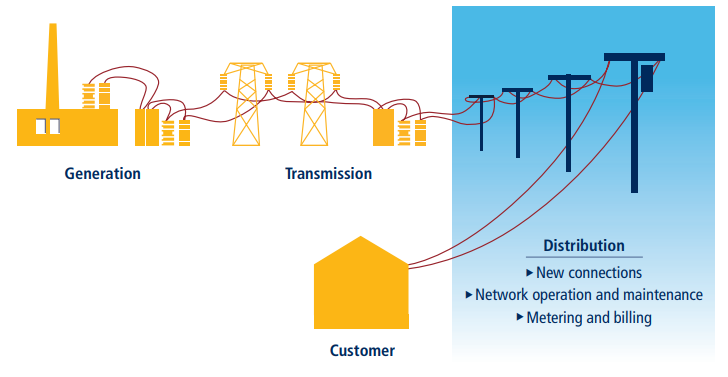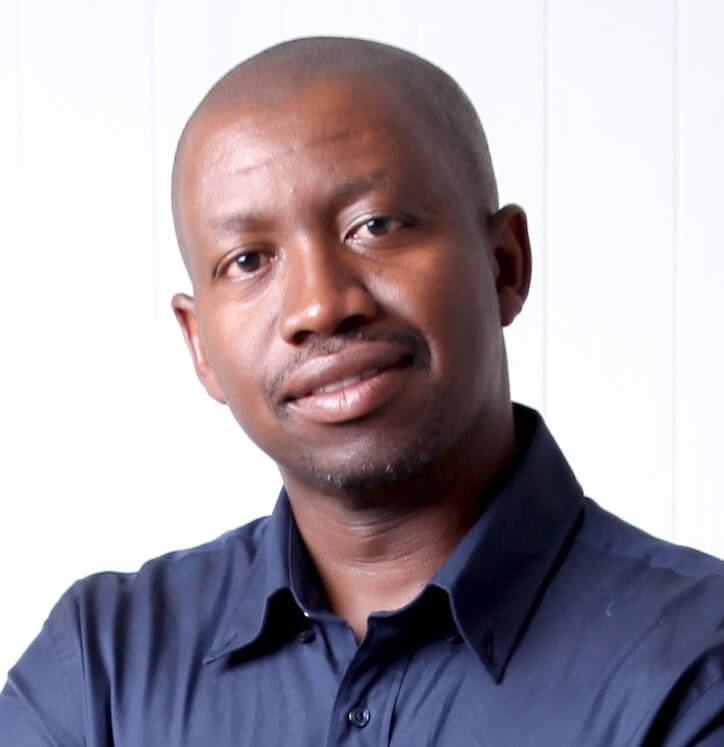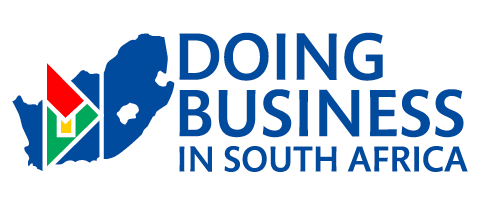Table of Contents
1. Overview
One of Doing Business’ indicators is Getting Electricity. This indicator deals with the number of procedures, time taken, cost of electricity connection and the reliability of supply of the electricity connection. South Africa has taken this indicator quite seriously over the past few years and has implemented many reforms to make it easy to get an electricity connection in South Africa.
South Africa is represented by City Power, and the information shared relates to the process followed in the City of Johannesburg. The reforms implemented or in the process of being implemented are in the City of Johannesburg.

Source: Doing Business Database
2. Business Procedures
There are 5 procedures an applicant undertake before getting an electrical connection. These procedures include:
2.1 Submit an application for electricity connection to City Power and obtain budget quotation and service connection fee
The property owner completes and signs the application form and provides the following supporting documentation:
(a) A copy of the City of Johannesburg Rates and Services customers account number;
(b) A copy of the applicant’s Identity Document;
(c) A copy of the Zoning Certificate, to verify that the property has been reticulated for the capacity; and
(d) A copy of the site plan, indicating the customer’s preferred location of the point of connection and the point of metering along the property boundary fronting the street.
The application is submitted in hard copies because the forms cannot be downloaded online. The property owner submits the application form and the supporting documentation to one of the City of Johannesburg’s Customer Service walk-in Centres. Upon receipt of the application, the Customer Service agent will load the application onto the SAP CRM system and provide the customer with a notification reference number.
The customer will then receive a “budget quotation”, which contains an assessment of availability of supply, and the cost of the standard connection fee. Upon acceptance of the “budget quotation”, the customer will pay a flat rate of R 30,000 (called “design fee”) for City Power to issue a cost letter and a detailed design of the electrical connection.
Once the customer has paid the “design fee”, City Power applies for wayleaves and excavation permits at the Roads Department, the Water and Sanitation Department, Telkom, SANRAL (South African National Roads Agency), and other relevant service authorities to perform work in the road reserve.
The cost letter contains all the conditions of supply, a “Trip test certificate”, and the final quotation, called “service connection fee”. This fee encompasses the costs of a maximum demand meter, electrical cabling and installation work. The cost of the meter box and the circuit breaker are not included in the “service connection cost”, since they will be purchased and installed by the customer. The cost letter is valid for 30 days, after which it lapses.
If the customer opts to pay the “service connection cost”, the process will continue and the amount paid for the “design fee” will be deducted from the total cost. If after paying the “design fee” the customer decides not to proceed with the electrical connection, he/she will not be refunded for the payment of the “budget quotation”.
Time Taken: 60 Calendar days
Associated Costs: R 128,596.39
2.2 Await and attend on-site kick-off meeting with all stakeholders
Once the customer has paid in full the final quotation and the security deposit, the utility arranges an on-site meeting with the customer’s electrical engineer / consultant / contractor and other stakeholders within City Power (including the clerk of works, the project manager and the planner) to discuss the design, servitudes and diagrams. This meeting is also known as “kick-off meeting.”
The presence of the customer’s electrical engineer / consultant / contractor is mandatory during the on-site meeting.
Time Taken: 7 Calendar days
Associated Costs: R 0.00
2.3 Await City Power's inspection of circuit breaker
The customer submits the circuit breaker alongside the “Trip test certificate” to be inspected by City Power. The circuit breaker’s inspection is called “trip test”, and ensures that the circuit breaker is operating within its composite tripping time.
In parallel, the customer’s electrical engineer / consultant / contractor will install a two-compartment maximum demand meter box in the property boundary, following the specifications provided by the utility in the cost letter.
Time Taken: 3 Calendar days
Associated Costs: R 0.00
2.4 Obtain certificate of compliance (COC) for the internal wiring and submit to City Power
In South Africa it is a statutory requirement that every user or lessor of an electrical installation shall have a valid Certificate of Compliance (COC) for every such installation. The COC must be signed by a licensed electrical engineer / consultant / contractor, registered by the Department of Labour.
City Power requires that the customer’s electrical engineer / consultant / contractor provide a hard copy of the COC prior to the beginning of the connection work. The copy of the COC is usually handled to City Power during the on-site meeting.
Time Taken: 1 Calendar days
Associated Costs: R 0.00
2.5 Await completion of external connection works by City Power and obtain final connection
The utility will implement the external connection work up to the customer’s boundary, which includes trenching, building sleeves (if needed), cable laying and backfilling. The connection work is usually subcontracted by the utility.
Once the connection work is done, City Power will install, test and program the meter, and arrange a time to energize the property. The meter number will then be linked to the customer’s account.
Since City of Johannesburg has a “one-stop shop” for all services provided by the municipality, and that a copy of the City of Johannesburg Rates and Services customers account number is required during the application for a new electricity connection, the customer does not need to sign a supply contract with City Power. The payment of the cost letter implies acceptance of the conditions of supply.
Time Taken: 42 Calendar days
Associated Costs: R 0.00
3. Methodology
The World Bank has a unique methodology where it records all procedures required for a business to obtain a permanent electricity connection and supply for a commercial application. These procedures include applications and contracts with electricity utilities, all necessary inspections and clearances from the distribution utility as well as from other agencies, and the external and final connection works between the building and the electricity grid. In addition, Doing Business measures the reliability of supply and transparency of tariffs index. The reliability of supply and transparency of tariffs index encompasses quantitative data on the duration and frequency of power outages as well as qualitative information on the mechanisms put in place by the utility for monitoring power outages and restoring power supply.
The methodology can be found here.
4. Reforms
The current reforms that City Power is working on include:
4.1 Short & Medium Term
- Implementation of the online service connection application process which will allow customers to apply for electricity connections online.
- Publishing on the COJ website all information on the connection process: requirements for connection, info on technical standards and list of authorized contractors
- Full Implementation of a SCADA system, integrated with an Outage Management System to improve the reliability of electricity supply.
- Optimise the service connection process map from the start of the application process to the planning department, Execution department, metering department until the customer is connected.
4.2 Long Term
- Updating of the Virtual Customer Network Link (VCNL) to locate customers on network.
- Map customers (points of electricity supply) and network infrastructure on a Geographical Information System (GIS), including customers’ connections and links with network assets.
- Incorporate a Specialized Enterprise Asset Management & Works Management System (WMS) to manage all construction/installation works of network infrastructure.
5. Laws:
- Occupational Health and Safety Act 1993 (Act No 85 of 1993)
- SANS 10142-1 (Edition 2) – The wiring of premises
6. Useful Links
7. Contact

Sicelo Mabuza
Consultant
Email: sicelo.mabuza@tinkunzi.co.za
